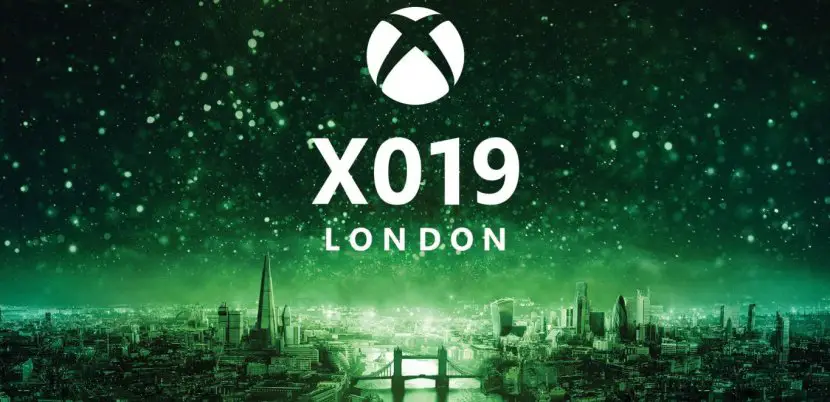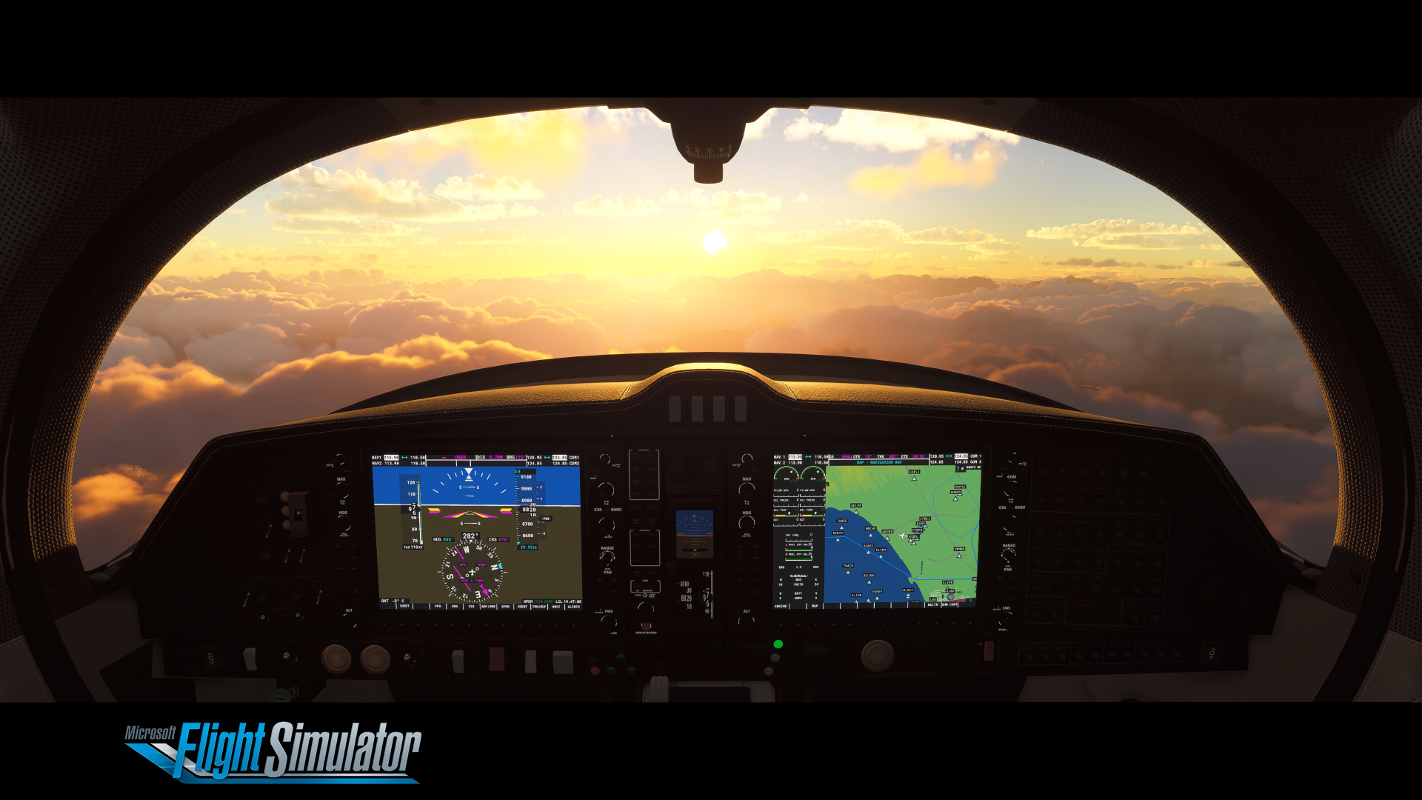Microsoft Flight Simulator – X019 – Gameplay Trailer
November 14th, 2019 – Development Update
At X019, we’re thrilled to reveal many of the great aircraft manufacturers we are partnering with to make Microsoft Flight Simulator the most realistic flight simulation yet. As you saw in our new trailer, we have a broad range of aircraft, including commercial airliners, business jets, and general aviation aircraft, all from the most renowned manufacturers.
The breadth of partnerships we have forged for the next generation of Microsoft Flight Simulator goes far beyond what was done for previous titles. We are determined to make this sim, and all of its components, as authentic as possible.
The aircraft partnerships we’re announcing today include (in alphabetical order):
- Airbus
- The Boeing Company
- CubCrafters
- Daher
- Diamond Aircraft Industries
- ICON Aircraft
- Robin Aircraft
- Textron Aviation
We’re excited to continue working with these great partners and will share more information on additional partnerships as we approach Microsoft Flight Simulator’s launch in 2020.
If you’re joining us in London this week for X019, please swing by our booth at the Copper Box Arena and get hands-on with Microsoft Flight Simulator yourself. Thank you for all the support!
FS2020 History background
Microsoft Flight Simulator began as a series of articles on computer graphics written by Bruce Artwick in 1976 on a 3D graphics computer. When the magazine’s editor says subscribers wanted to buy the program, Bruce Artwick incorporated it into a company called subLOGIC Corporation in 1977 and began selling flight simulators for computers such as Altair 8800 and IMSAI 8080.
In 1979, subLOGIC released Flight Simulator for Apple II, in 1980, it published a version for the Tandy TRS-80 and in 1982 a version for IBM PC with CGA graphics is licensed to Microsoft giving rise to Microsoft Flight Simulator 1.0. In the early days, the flight simulator was used as an unofficial test of the degree of compatibility of a new Personal Computer model, together with Lotus 1-2-3.
SubLOGIC continued to develop the product for other platforms and the improvement of its flight simulator II was ported to Apple II in 1983 for Commodore 64, MSX and Atari 800 in 1984, and for Commodore Amiga and Atari ST in 1986. Meanwhile, Bruce Artwick founds “Bruce Artwick Organization” to work in later versions, starting with Microsoft Flight Simulator 3.0 in 1988. Microsoft Flight Simulator reaches commercial maturity with version 3.1, to later cover the use of 3D graphics and hardware graphic acceleration becoming a standard technique for your products.
Microsoft has continued to produce new versions of Flight Simulator, adding features such as new types of aircraft and detailed landscape. The 2000 and 2002 versions were available in “Standard Edition” and “Professional Edition” editions, the latter included aircraft, instruments and scenery more extensive than the “Standard” version. Thus, Flight Simulator 2004 only had one edition while Flight Simulator X, published in 2006, has returned to the double edition with a “Standard Edition” and a “Deluxe Edition”.
Present
The most recent versions of this simulator, Flight Simulator 2004 and Flight Simulator X, treat pilots, aspiring pilots and people who once dreamed of being pilots alike. The flight area covers the entire world, in different levels of detail, including more than 20,000 airports. Detailed scenography can be found representing major landmarks and an increasing number of towns and cities. Certain detailed landscapes are often irregular away from population centers and in particular outside the United States, despite a variety of pages that offer add-ons landscapes (both free and commercial) to remedy this.
The last two versions incorporate a sophisticated climate simulation, with the possibility of downloading real-time meteorological data, a varied air traffic environment including interactive Air Traffic Control (although the MSFS series was not the first to do so) and a large number of resources that include interactive lessons and challenges, checklists and aircraft. In addition, the last two versions of Microsoft Flight Simulator have a “kiosk mode”, which allows the application to run on kiosks. It is the wide availability of updates and add-ons, both free and commercial, that give the flexibility of the simulator.
The most recent version of this simulator is Microsoft Flight Simulator X, put on sale in the American market on October 27, 2006. With this version, Microsoft celebrates 25 years of its famous flight simulator saga. This version was preceded by Microsoft Flight Simulator 2004, with which Microsoft wanted to celebrate the centenary of the aviation started with the famous flight of the Wright brothers and Microsoft Flight Simulator 2002, where Microsoft first introduced the ATC air traffic control system .
In August 2010, Microsoft renewed the new FS website and in a brief note indicated that a new version that would be called Microsoft Flight was in preparation.
On July 10, 2014, Microsoft was in a meeting with Dovetail Games, in which they denied that there would be no more deliveries in the flight simulator franchise, Dovetail Games stayed developing the game while Microsoft abandoned the game development , was released in January 2015.
On June 9, 2019 Microsoft announced a whole new and revolutionary Flight Simulator popularly known as FS2020.
On August 2019 Microsoft announced the end of partnership with Dovetail Games and the return of Flight Simulator X support to Microsoft.
This site is dedicated to fs2020 and you will find every news and downloads available worldwide!


